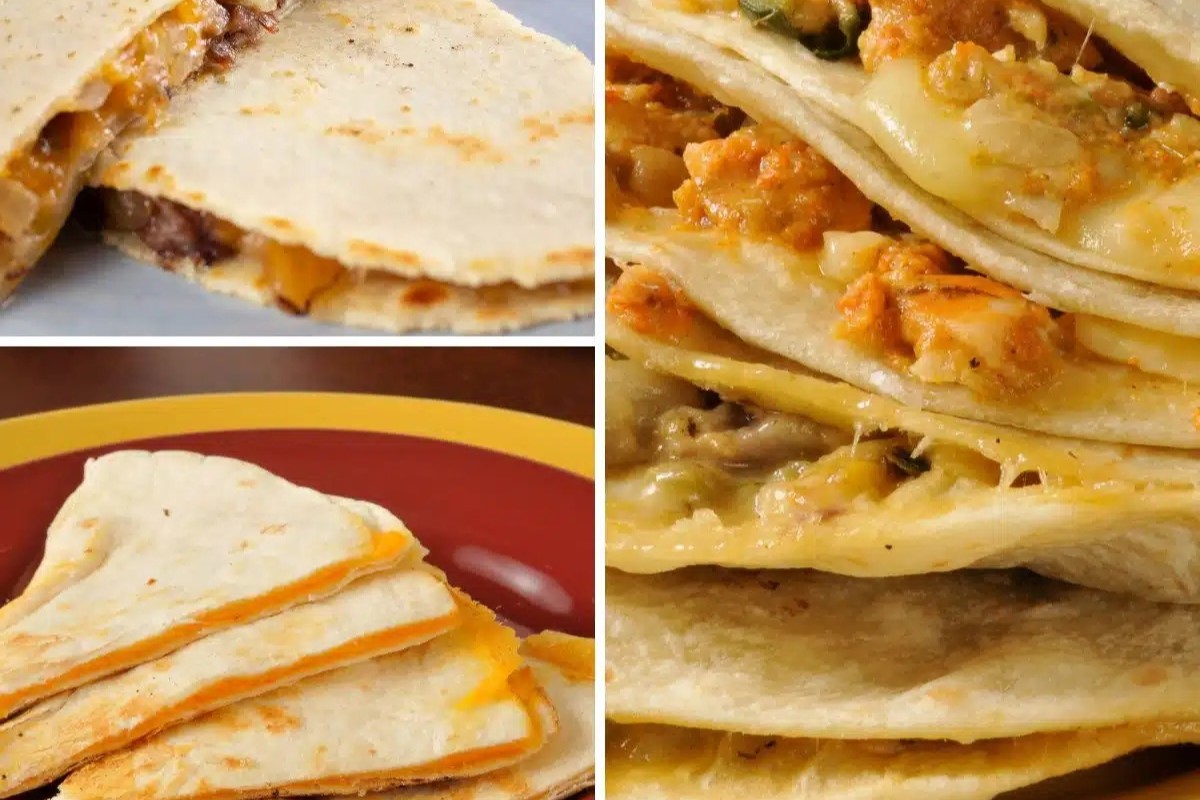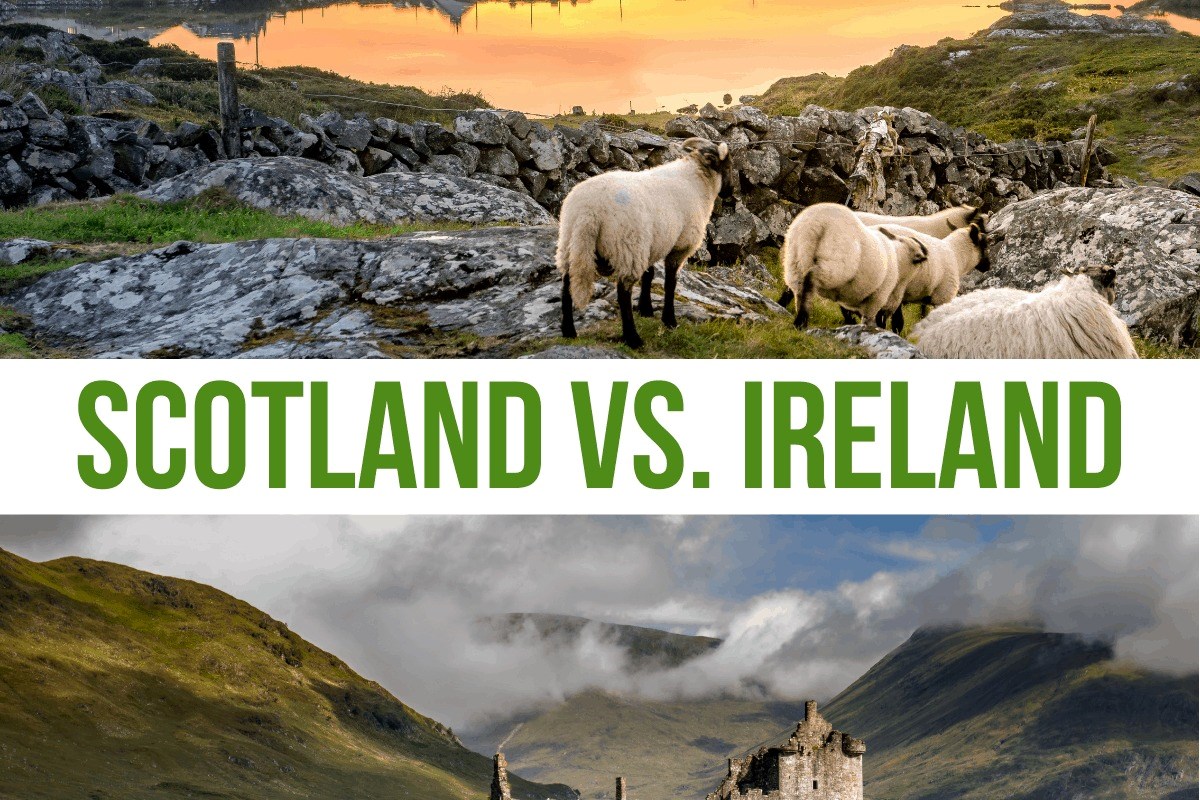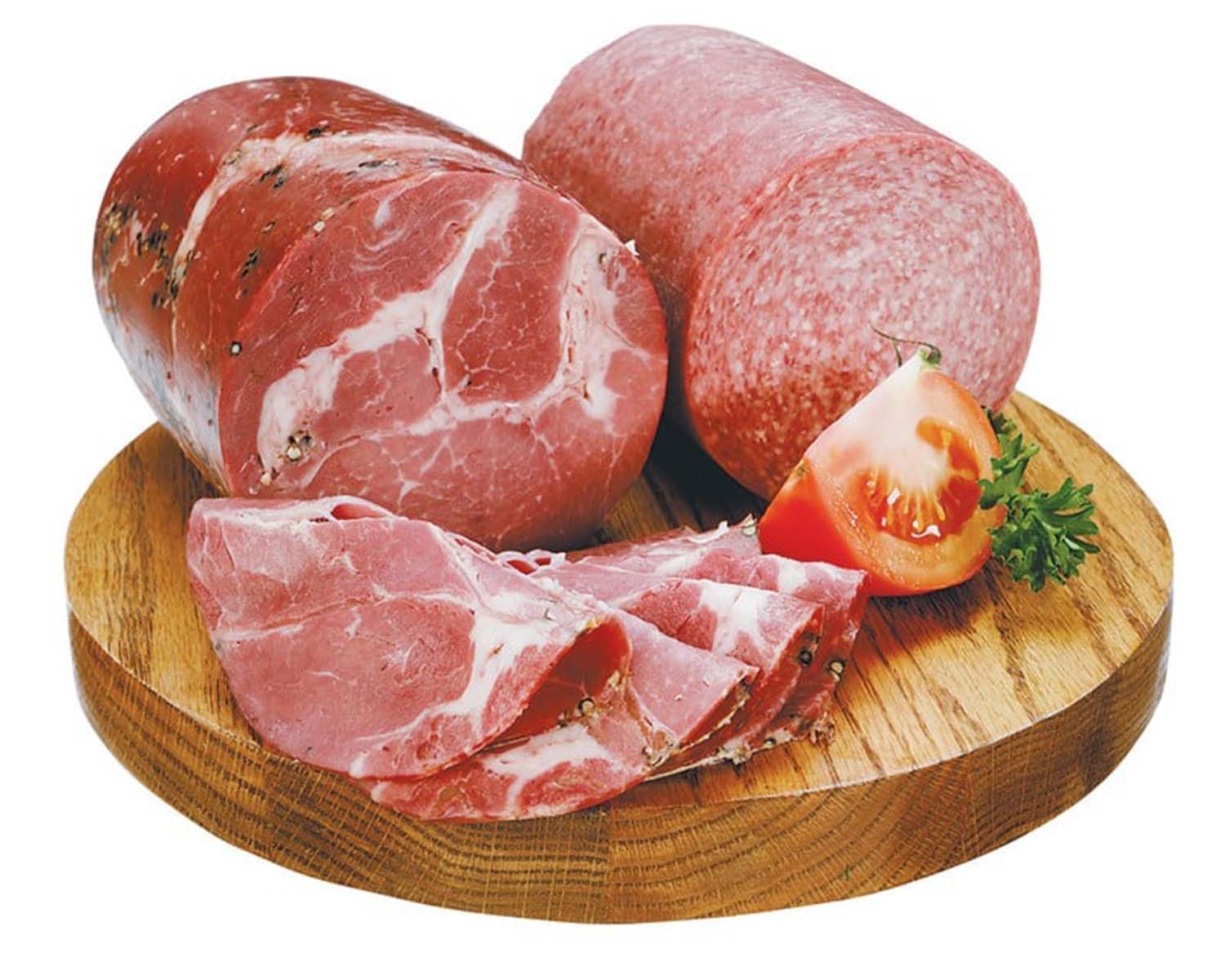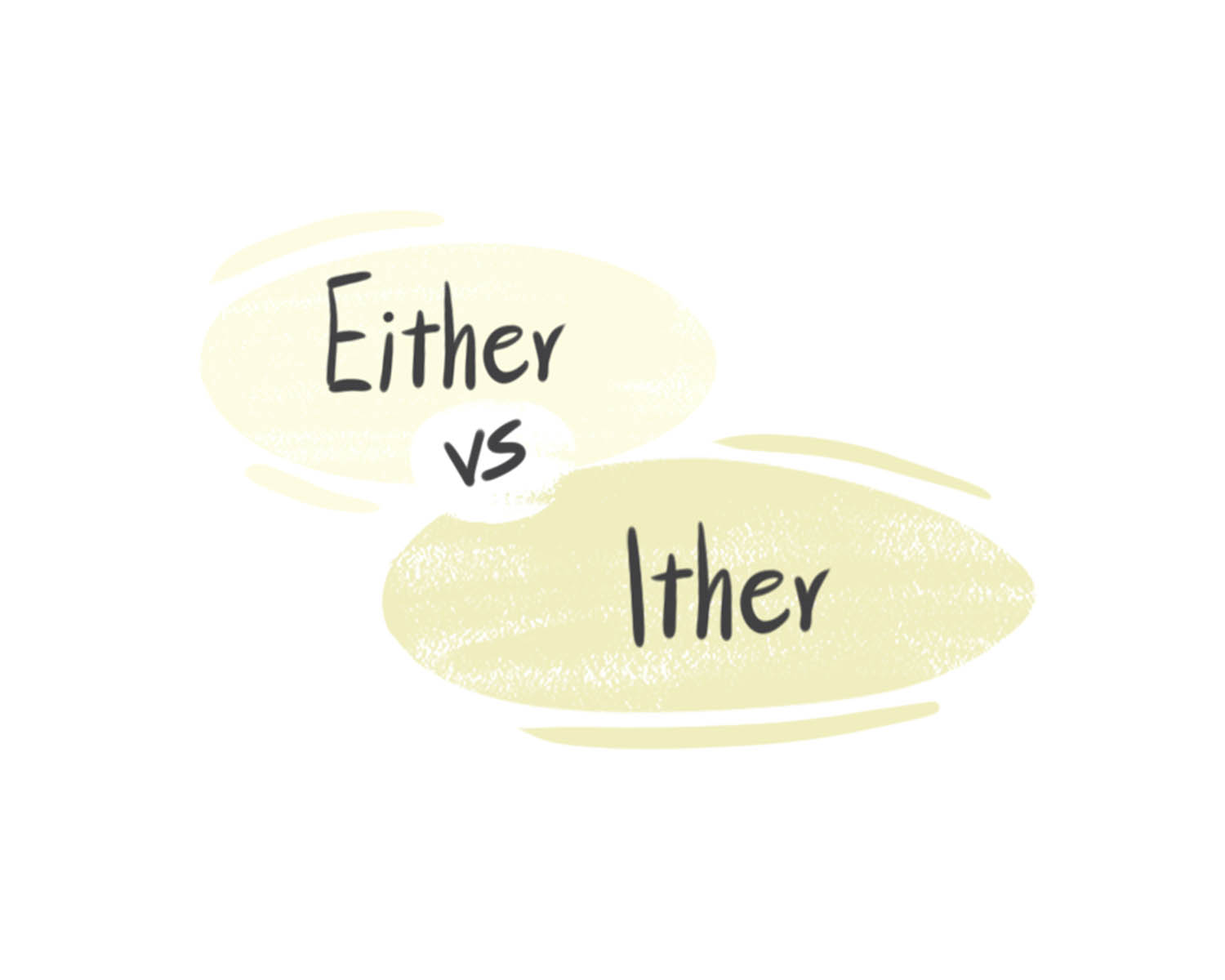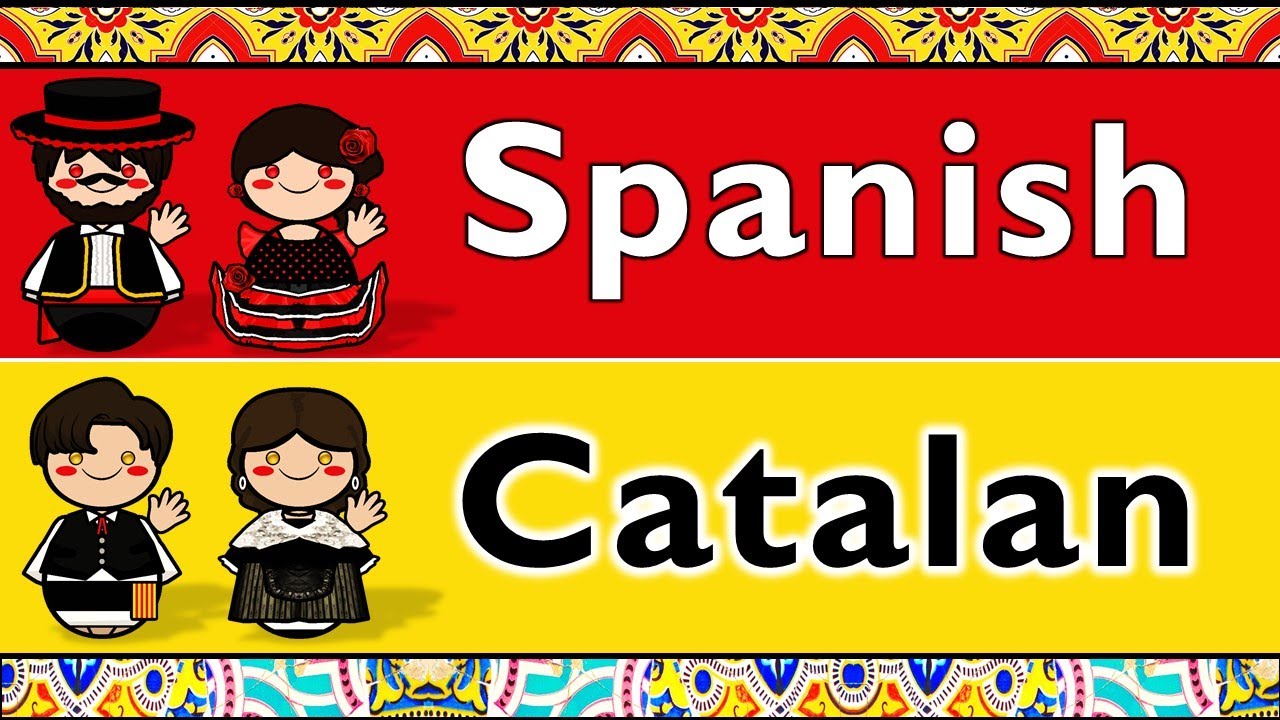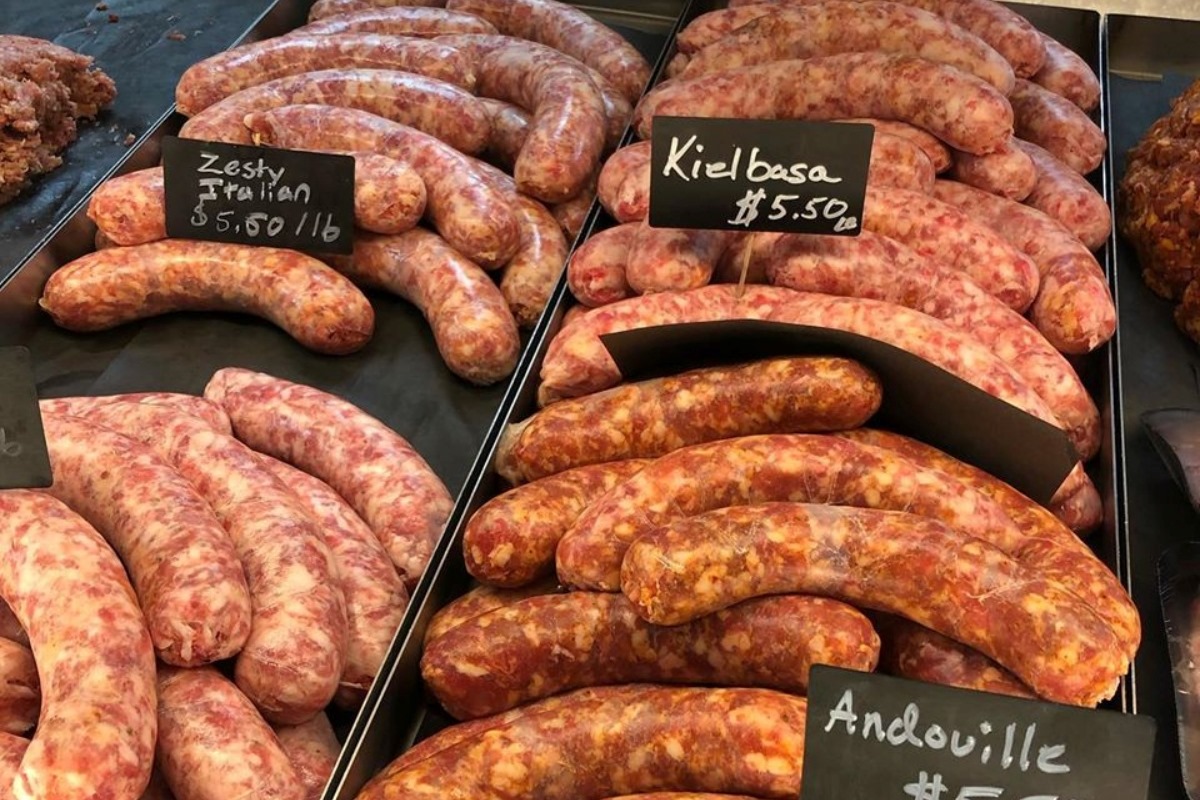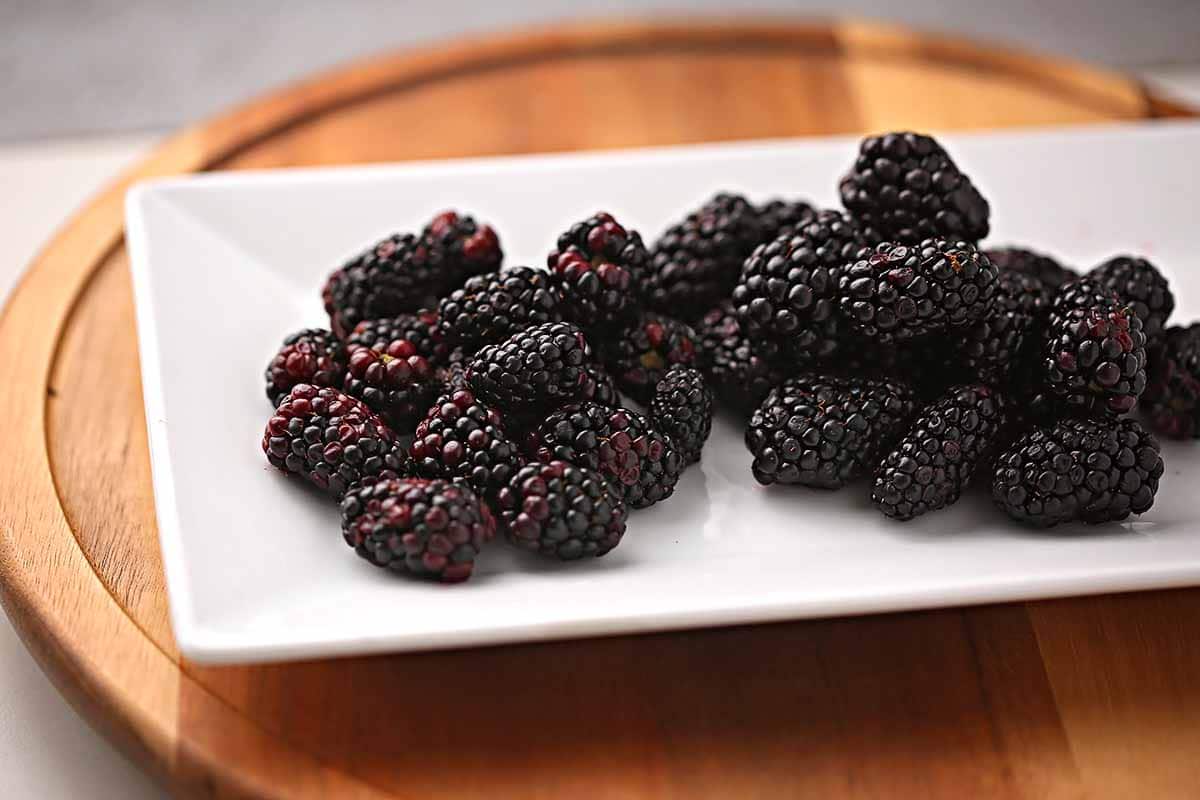Home>Food and Cooking>The Surprising Differences Between Veal And Lamb
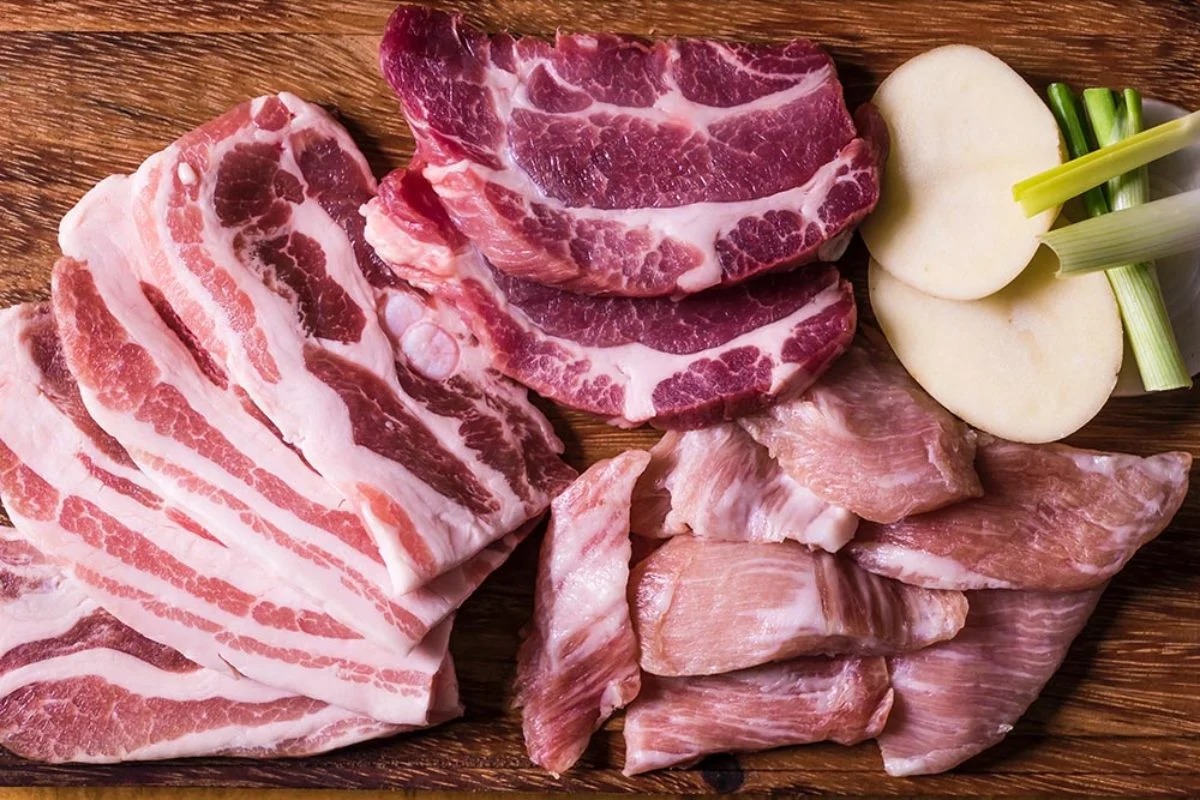

Food and Cooking
The Surprising Differences Between Veal And Lamb
Published: January 28, 2024
Discover the nuances between veal and lamb in our comprehensive guide. Learn about their flavors, textures, and best cooking methods. Perfect for food and cooking enthusiasts!
(Many of the links in this article redirect to a specific reviewed product. Your purchase of these products through affiliate links helps to generate commission for Noodls.com, at no extra cost. Learn more)
Table of Contents
Introduction
When it comes to meat, the choices seem endless. Among the myriad options, veal and lamb stand out as popular choices for many culinary enthusiasts. While both are derived from young animals, veal comes from calves, whereas lamb is sourced from young sheep. Despite their similarities, these two meats possess distinct characteristics that set them apart in terms of flavor, texture, nutritional value, and culinary applications.
In this article, we will delve into the surprising differences between veal and lamb, shedding light on their unique qualities and providing insight into their respective culinary uses. By exploring the nutritional disparities, flavor profiles, and ethical considerations associated with veal and lamb, readers will gain a comprehensive understanding of how these meats differ and the factors to consider when incorporating them into their cooking repertoire. So, let's embark on a flavorful journey as we uncover the intriguing disparities between veal and lamb and discover the distinct culinary experiences they offer.
What is Veal?
Veal is a type of meat derived from young calves, particularly male dairy calves, typically between 1 to 3 months old. The meat's delicate flavor and tender texture are attributed to the animal's young age, as veal is harvested before the calves reach maturity. This results in a pale pink color and a lean, fine-grained texture that sets it apart from beef.
The rearing process for veal calves is distinct from that of beef cattle. Calves designated for veal production are often raised in specialized facilities to ensure their diet and living conditions promote the desired characteristics in the meat. In some traditional veal production methods, calves may be fed a milk-based diet to maintain their pale color and delicate flavor.
Veal is prized for its tenderness and subtle taste, making it a versatile ingredient in various culinary applications. Whether it's used in classic dishes like veal piccata or incorporated into stews, soups, or meatballs, veal's mild flavor allows it to harmonize with a wide range of herbs, spices, and sauces. Additionally, its tender texture makes it well-suited for quick cooking methods such as sautéing and grilling.
In recent years, there has been a growing emphasis on ethical veal production, with an increasing focus on providing calves with more spacious and enriched living environments. This shift aims to address concerns about animal welfare in veal production and align with evolving consumer preferences for ethically sourced meat products.
Overall, veal's unique qualities make it a sought-after ingredient in the culinary world, offering a distinct flavor profile and tender texture that sets it apart from other types of meat. Understanding the characteristics and production methods associated with veal is essential for anyone seeking to explore its culinary potential and appreciate the nuances of this prized meat.
What is Lamb?
Lamb is a type of meat sourced from young sheep, typically less than one year old. Known for its tender texture and distinct flavor, lamb is a popular choice in various culinary traditions around the world. The meat's unique taste is influenced by factors such as the animal's diet, breed, and the environment in which it is raised.
One of the defining characteristics of lamb is its rich, slightly gamey flavor, which sets it apart from other types of meat. This distinctive taste is attributed to the animal's diet, which often includes grass and other natural forage. Additionally, the age of the lamb contributes to the tenderness of the meat, making it well-suited for a wide range of cooking methods.
Lamb meat is available in various cuts, each offering its own culinary advantages. From succulent lamb chops and tender leg of lamb to flavorful ground lamb, the versatility of this meat allows for diverse cooking applications. Whether it's grilled to perfection, slow-cooked in stews and curries, or roasted with aromatic herbs and spices, lamb's robust flavor makes it a favorite ingredient in many traditional and contemporary dishes.
In addition to its exceptional flavor, lamb is valued for its nutritional benefits. It is a rich source of high-quality protein, essential vitamins, and minerals such as iron and zinc. These nutrients contribute to overall health and well-being, making lamb a valuable addition to a balanced diet.
The production of lamb involves careful attention to the animals' welfare and the sustainability of farming practices. Ethical considerations and environmentally conscious approaches are increasingly emphasized in the production of lamb, aligning with the growing demand for responsibly sourced meat products. By prioritizing the welfare of sheep and implementing sustainable farming methods, producers aim to meet consumer expectations for ethically sourced and environmentally friendly meat.
In essence, lamb's distinctive flavor, tenderness, and nutritional value make it a prized ingredient in diverse culinary traditions. Understanding the unique qualities of lamb and the considerations involved in its production is essential for anyone seeking to explore the rich and flavorful world of lamb-based cuisine.
Nutritional Differences
When comparing veal and lamb from a nutritional standpoint, several key differences come to light. These disparities encompass aspects such as protein content, fat composition, and essential nutrients, ultimately influencing the dietary implications of incorporating these meats into one's culinary repertoire.
Veal, known for its delicate flavor and tender texture, is notably lean, making it a valuable source of high-quality protein. With relatively low fat content, veal offers a protein-rich option for individuals seeking to maintain a balanced diet. Additionally, veal contains essential nutrients such as iron, zinc, and B vitamins, contributing to overall health and well-being. The lean nature of veal makes it an appealing choice for those aiming to limit their saturated fat intake while still obtaining a significant protein boost.
On the other hand, lamb boasts a distinct nutritional profile characterized by its rich flavor and tender texture. While lamb is also a good source of high-quality protein, it tends to have a higher fat content compared to veal. This higher fat content contributes to the robust flavor and succulent texture for which lamb is renowned. Additionally, lamb is a notable source of essential nutrients, including iron, zinc, and B vitamins, offering nutritional benefits that align with a balanced diet.
In terms of specific nutrients, both veal and lamb provide valuable amounts of iron, a crucial component for maintaining healthy blood circulation and overall vitality. Moreover, the presence of B vitamins in both meats supports various bodily functions, including energy metabolism and the production of red blood cells. These nutritional attributes underscore the significance of veal and lamb as viable sources of essential nutrients, each offering distinct advantages based on individual dietary preferences and nutritional requirements.
Ultimately, the nutritional disparities between veal and lamb offer consumers a spectrum of options to align with their dietary goals and preferences. Whether prioritizing lean protein content or savoring the rich flavor and nutritional benefits of slightly higher fat content, the distinct nutritional profiles of veal and lamb cater to a diverse range of dietary considerations, enriching the culinary landscape with their unique contributions to overall health and well-being.
Flavor and Texture
The flavor and texture of veal and lamb are integral aspects that distinguish these meats and significantly influence their culinary applications. Veal, prized for its delicate and subtle flavor, offers a mild taste that sets it apart from other types of meat. This gentle flavor profile is complemented by the meat's tender and fine-grained texture, attributed to the young age at which veal is harvested. The result is a lean and pale pink meat that lends itself well to a variety of culinary preparations, from classic dishes to innovative creations.
In contrast, lamb is renowned for its rich, slightly gamey flavor that distinguishes it within the realm of meats. This distinctive taste is influenced by various factors, including the animal's diet, breed, and age. Additionally, the tender texture of lamb contributes to its culinary appeal, allowing for versatile cooking methods that highlight its succulence and depth of flavor. Whether it's grilled to perfection, slow-cooked in hearty stews, or roasted with aromatic herbs and spices, lamb's robust flavor and tender texture make it a favorite in diverse culinary traditions.
The flavor disparities between veal and lamb offer unique opportunities for culinary exploration, catering to a spectrum of taste preferences and cooking styles. While veal's mild and delicate flavor provides a canvas for diverse seasoning and flavor pairings, lamb's rich and slightly gamey taste adds depth and character to a wide range of dishes. Furthermore, the tender texture of both meats enhances their versatility, allowing for seamless integration into various culinary creations, from comforting classics to contemporary innovations.
Understanding the nuanced flavor and texture profiles of veal and lamb is essential for anyone seeking to elevate their culinary repertoire and appreciate the diverse sensory experiences offered by these meats. By embracing the distinct qualities of veal and lamb, individuals can embark on a flavorful journey, exploring the myriad ways in which these meats enrich the culinary landscape with their unique flavor and texture characteristics.
Culinary Uses
Veal and lamb, each with its distinctive flavor and texture, offer a myriad of culinary possibilities. The tender and delicate nature of veal makes it an ideal candidate for a wide range of traditional and contemporary dishes. From classic preparations such as veal piccata, where the meat is gently sautéed and adorned with a tangy lemon and caper sauce, to hearty stews and meatballs, veal's mild flavor harmonizes seamlessly with an array of herbs, spices, and sauces. Furthermore, its tender texture lends itself well to quick cooking methods, including grilling and pan-searing, allowing for the creation of succulent and flavorful dishes that captivate the palate.
In the realm of lamb, the rich and slightly gamey flavor opens doors to a diverse array of culinary applications. Lamb chops, renowned for their succulence and robust taste, are often grilled or seared to perfection, offering a delectable dining experience. Slow-cooked lamb stews, infused with aromatic spices and hearty vegetables, showcase the meat's tender texture and depth of flavor, delivering comforting and satisfying meals. Additionally, ground lamb serves as a versatile ingredient, adding its distinctive taste to dishes such as flavorful kebabs, savory meatballs, and vibrant curries, enriching culinary creations with its unique character.
Both veal and lamb contribute to the culinary landscape with their exceptional versatility, allowing for the creation of an assortment of dishes that cater to diverse palates and preferences. Whether it's the subtle and tender allure of veal or the robust and flavorful appeal of lamb, these meats inspire culinary creativity, inviting chefs and home cooks alike to explore the boundless possibilities they offer. From elegant restaurant menus to home kitchens buzzing with culinary experimentation, veal and lamb continue to captivate and inspire, enriching the world of gastronomy with their distinct culinary uses and contributions to the art of cooking.
Ethical and Environmental Considerations
The production of veal and lamb entails ethical and environmental considerations that are integral to the sustainable and responsible sourcing of these meats. As consumer awareness and concern for animal welfare and environmental impact continue to grow, the practices and standards associated with veal and lamb production have undergone significant evolution to align with ethical and environmental consciousness.
In the context of veal production, ethical considerations revolve around the treatment and welfare of calves. Traditional veal production methods, particularly those involving confinement and restrictive living conditions, have raised ethical concerns among consumers and animal welfare advocates. In response to these concerns, modern veal production practices have shifted towards providing calves with more spacious and enriched living environments, allowing them to express natural behaviors and ensuring their well-being throughout the rearing process. By prioritizing the humane treatment of veal calves and implementing ethical standards in veal production, producers and consumers alike contribute to the advancement of responsible and compassionate practices within the industry.
Similarly, the production of lamb encompasses ethical considerations pertaining to the welfare of sheep and the sustainability of farming practices. Ethical sheep farming practices emphasize the provision of adequate space, access to natural forage, and humane treatment of the animals throughout their lives. By prioritizing the well-being of sheep and implementing ethical standards in lamb production, producers uphold principles of compassion and responsibility, meeting consumer expectations for ethically sourced meat products.
From an environmental perspective, sustainable farming methods and resource management play a crucial role in the production of veal and lamb. Sustainable veal and lamb production involves practices that minimize environmental impact, such as efficient land use, responsible waste management, and conservation of natural resources. Additionally, the integration of sustainable agricultural practices, including rotational grazing and land stewardship, contributes to the preservation of ecosystems and the reduction of environmental footprint associated with meat production.
Furthermore, the emphasis on sustainable farming methods aligns with the growing demand for environmentally friendly meat products, reflecting a commitment to minimizing the ecological impact of veal and lamb production. By embracing sustainable and environmentally conscious approaches, producers contribute to the preservation of natural resources and the promotion of ecological balance, reinforcing the significance of ethical and environmentally responsible practices within the veal and lamb industry.
In essence, ethical and environmental considerations are pivotal aspects of veal and lamb production, guiding the industry towards greater compassion, responsibility, and sustainability. By prioritizing the welfare of animals and embracing sustainable farming practices, the veal and lamb industry continues to evolve, meeting the ethical and environmental expectations of consumers while contributing to a more conscientious and sustainable food system.
Conclusion
In conclusion, the exploration of the surprising differences between veal and lamb has unveiled a rich tapestry of characteristics, culinary uses, and ethical considerations that define these meats within the gastronomic landscape. From the delicate and tender allure of veal to the robust and flavorful appeal of lamb, each meat offers a unique sensory experience that captivates the palate and inspires culinary creativity.
The distinct flavor profiles and textures of veal and lamb present a spectrum of culinary possibilities, from classic preparations to innovative creations. Veal's mild and subtle taste, coupled with its tender texture, harmonizes seamlessly with a diverse array of herbs, spices, and sauces, making it a versatile ingredient in various culinary traditions. On the other hand, lamb's rich and slightly gamey flavor, along with its tender texture, lends itself to an array of cooking methods, from grilling and roasting to slow-cooking in hearty stews and curries, enriching dishes with its depth of flavor and succulence.
Moreover, the nutritional disparities between veal and lamb offer consumers a range of options to align with their dietary preferences and requirements. Whether prioritizing lean protein content or savoring the rich flavor and nutritional benefits of slightly higher fat content, veal and lamb cater to diverse dietary considerations, enriching the culinary landscape with their unique contributions to overall health and well-being.
Ethical and environmental considerations are integral to the sustainable sourcing of veal and lamb, guiding the industry towards greater compassion, responsibility, and sustainability. The evolution of ethical standards and sustainable farming practices within the veal and lamb industry reflects a commitment to meeting consumer expectations for ethically sourced and environmentally friendly meat products, reinforcing the significance of responsible and conscientious practices within the food system.
In essence, the surprising differences between veal and lamb offer a compelling narrative that transcends the realm of culinary exploration, encompassing ethical, environmental, and nutritional dimensions. By embracing the distinct qualities of veal and lamb, individuals embark on a flavorful journey that celebrates the diversity and richness of these meats, inspiring a deeper appreciation for their unique contributions to the art of cooking and the culinary experiences they offer.
